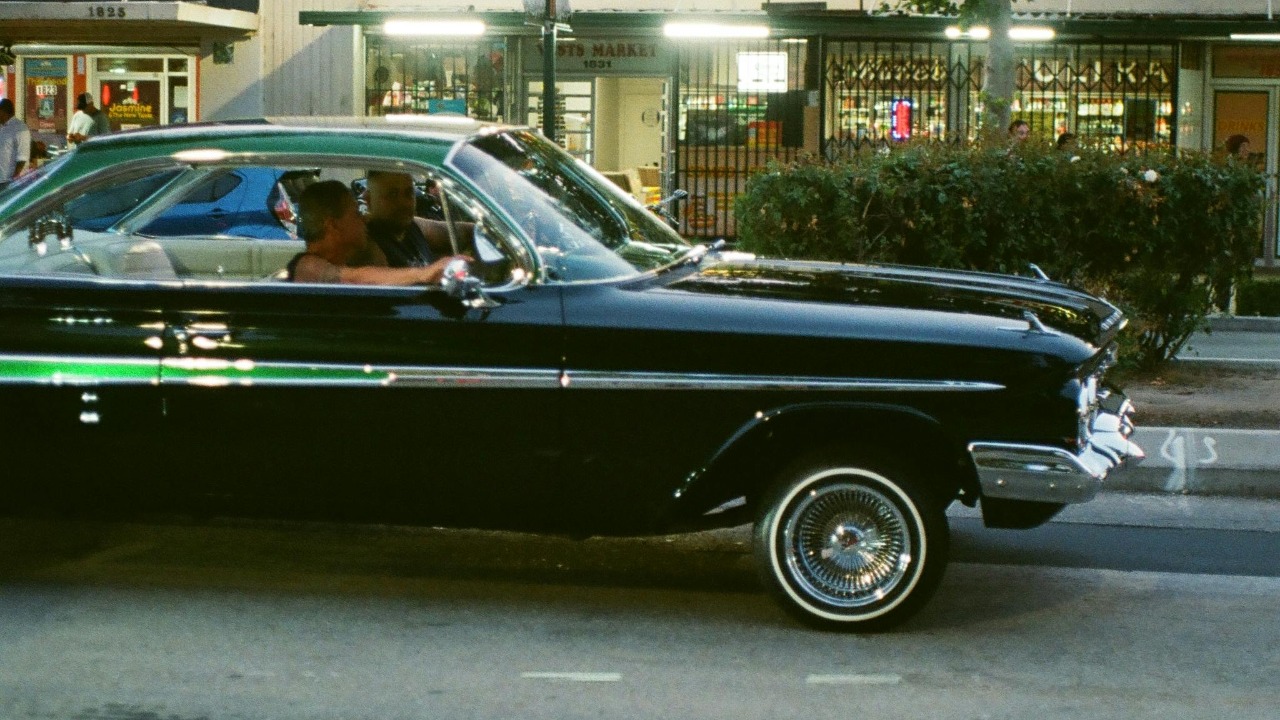
Los Angeles, a city known for its diverse culture and vibrant car scene, has a tumultuous history with lowrider cruising. Once banned due to concerns over public safety and traffic congestion, the prohibition was eventually lifted, reflecting changing perspectives on cultural expression and automotive artistry.
The Rise of Lowrider Culture in Los Angeles
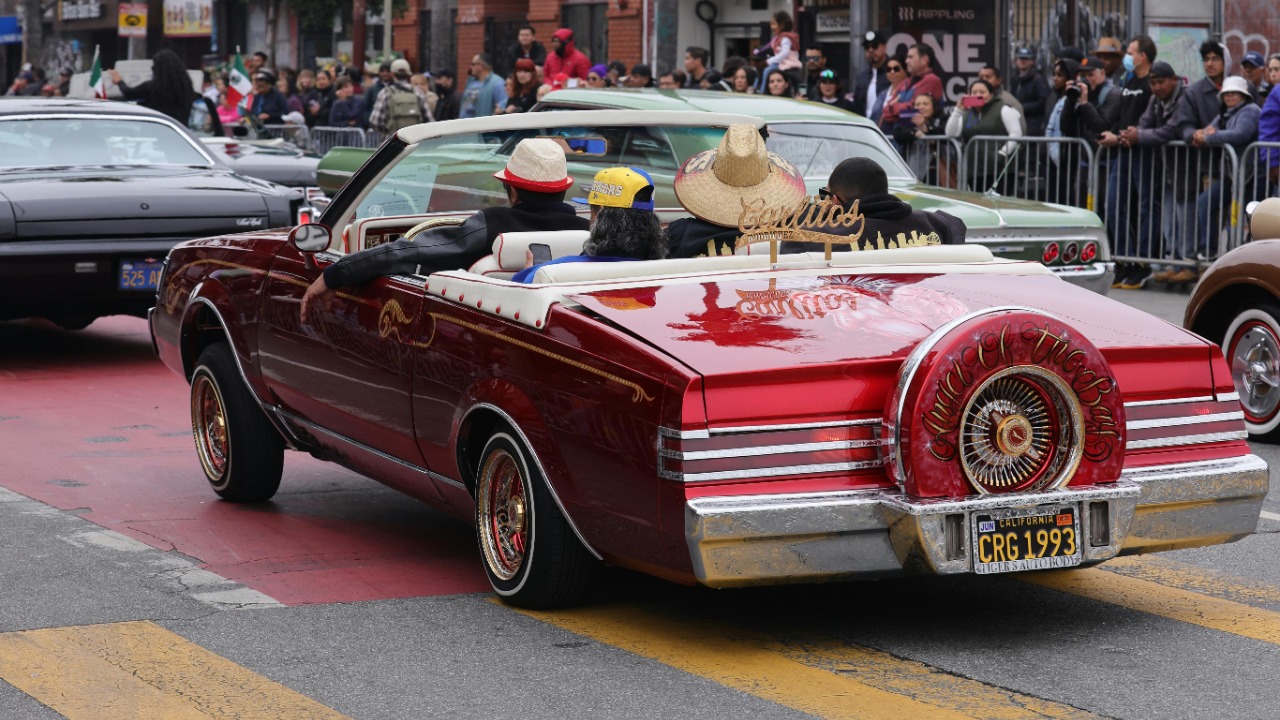
The origins of lowrider culture in Los Angeles can be traced back to the post-World War II era, particularly within the Latino communities. Lowriding began as a form of automotive expression, where individuals customized their cars to achieve a distinctive lowered look. This trend quickly gained popularity, becoming a crucial element of cultural identity for Chicano communities. For many, lowriding was more than just a hobby; it was a symbol of pride and a creative outlet that incorporated art, music, and social gatherings.
In the broader context of Southern California’s car culture, lowriders played a significant role. The unique style and innovation that characterized lowrider vehicles influenced automotive trends and styles across the region. Lowriders became an integral part of the car scene, contributing to the rich tapestry of Los Angeles’ automotive history and attracting enthusiasts from diverse backgrounds.
Reasons Behind the Ban on Lowrider Cruising
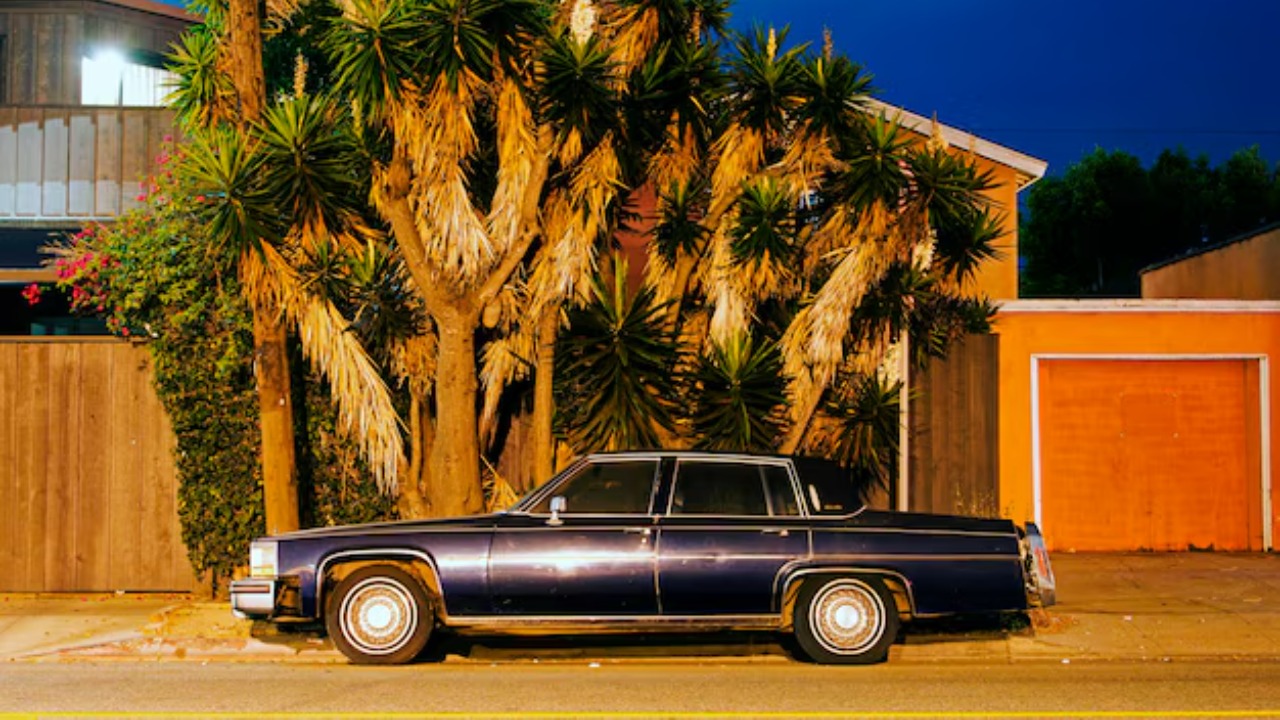
The ban on lowrider cruising in Los Angeles was primarily justified by public safety concerns. City officials cited issues such as traffic congestion and noise complaints as key reasons for the prohibition. Additionally, there were allegations of illegal activities associated with cruising events, which further fueled the decision to impose the ban. However, these concerns were not the only factors at play.
Social and racial tensions also played a significant role in the implementation of the ban. There were claims of racial profiling and discrimination against Latino communities, which exacerbated the situation. The political climate of the time, along with legal pressures, created an environment where banning lowrider cruising seemed like a viable solution to the perceived problems.
The Movement to Unban Lowrider Cruising
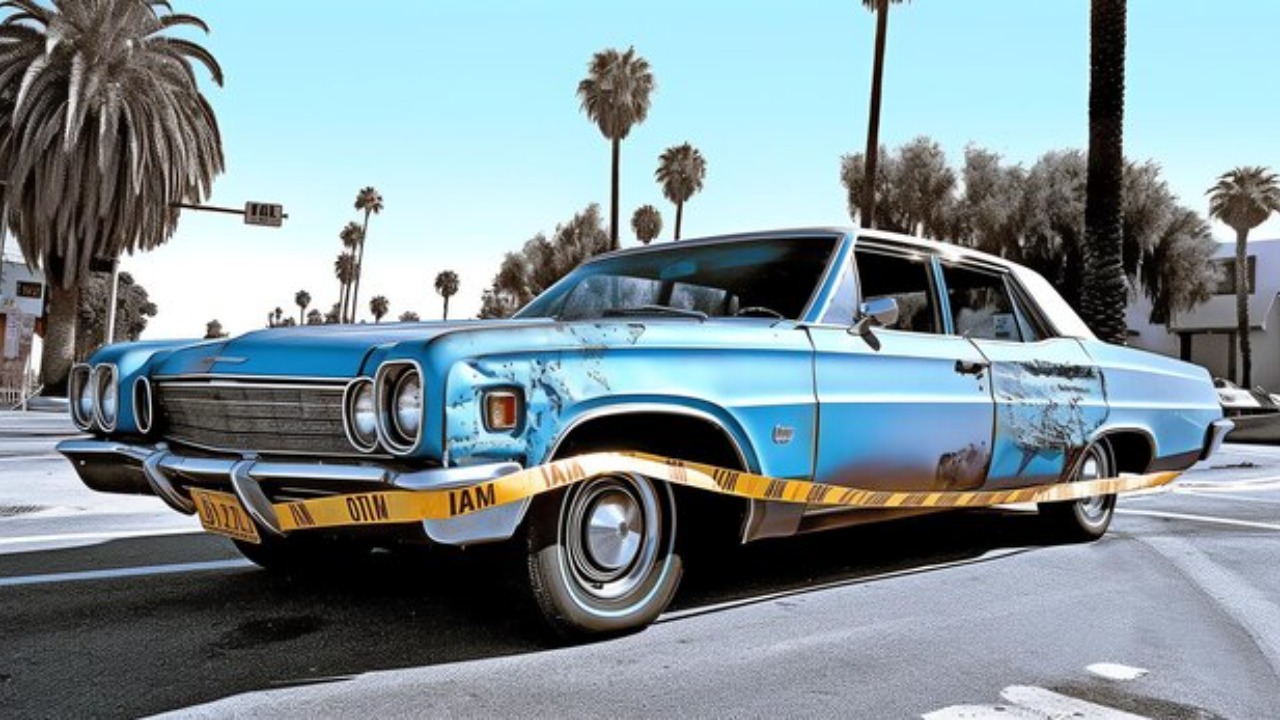
The movement to lift the ban on lowrider cruising was fueled by grassroots activism. Community groups and activists campaigned tirelessly, emphasizing the importance of cultural preservation and community engagement. Their efforts highlighted the need to recognize lowriding as a valuable cultural practice rather than a public nuisance. This activism played a crucial role in changing public perception and influencing local government decisions.
Over time, attitudes towards cultural diversity and heritage evolved, leading to a reconsideration of the ban. Legislative efforts, such as those outlined in California’s new law lifting the ban, were pivotal. These changes were a testament to the impact of advocacy and the growing recognition of lowriders as an important part of Los Angeles’ cultural landscape.
The Impact of Lifting the Ban
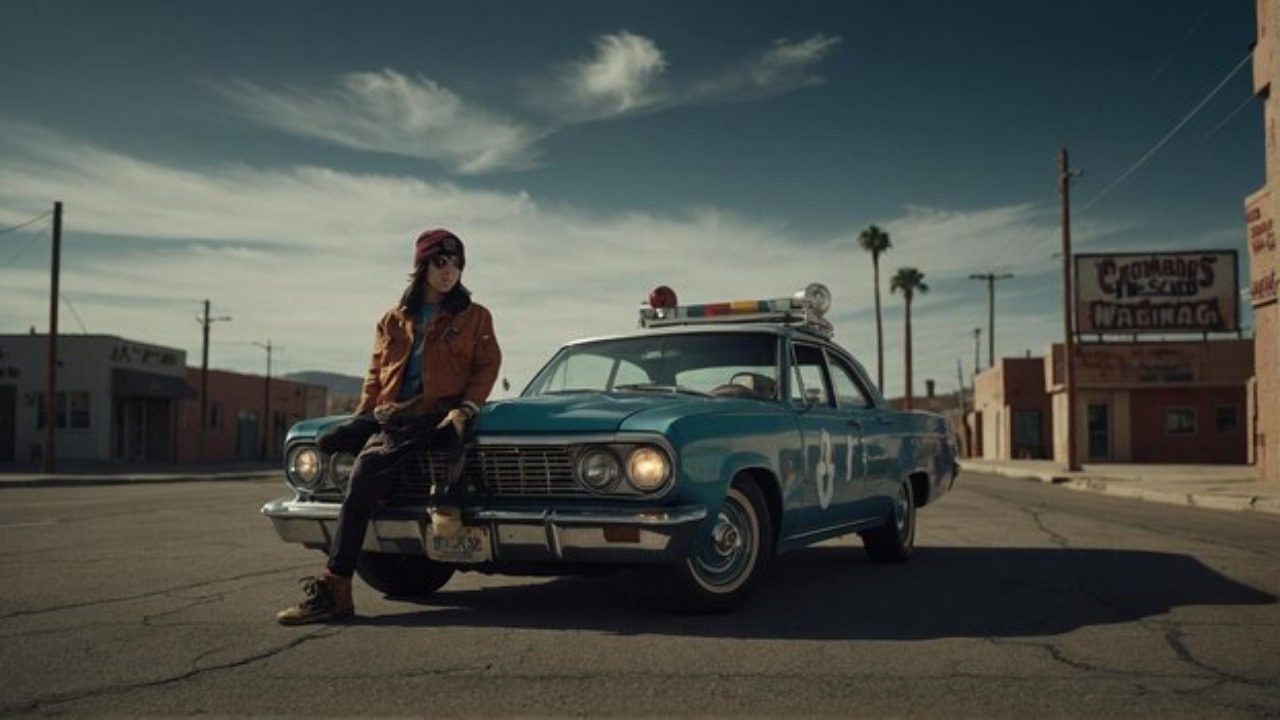
The lifting of the ban has led to a revival of lowrider culture in Los Angeles. With restrictions removed, lowrider events and cultural gatherings have seen a resurgence, bringing together enthusiasts from all walks of life. This revival has not only enriched the city’s cultural tapestry but has also provided economic benefits to local businesses. The increased visibility of lowrider culture has attracted tourists and boosted cultural diplomacy, showcasing Los Angeles as a city that embraces its diverse heritage.
Despite these positive developments, challenges remain for the lowrider community. Issues such as ongoing legal and zoning disputes continue to pose difficulties. However, the future prospects for lowriders in Los Angeles appear promising. With continued advocacy and support, the relationship between lowriders and the city is expected to grow, fostering a vibrant and inclusive car culture for years to come.